#military planes
Text

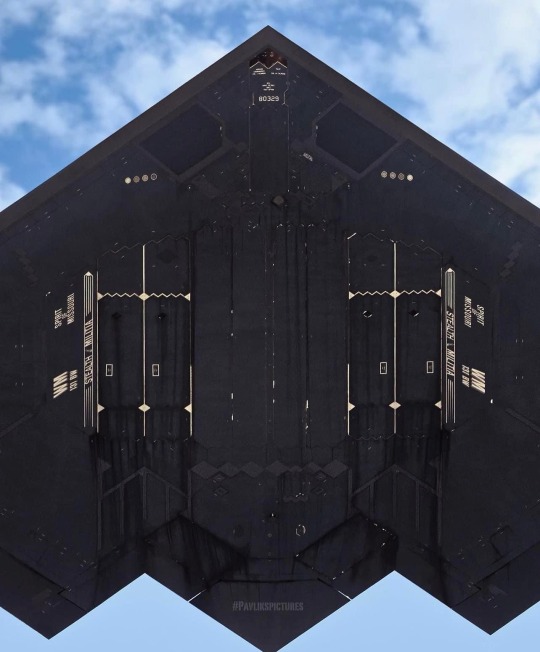
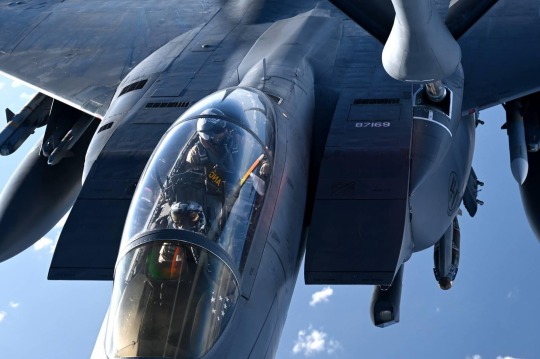
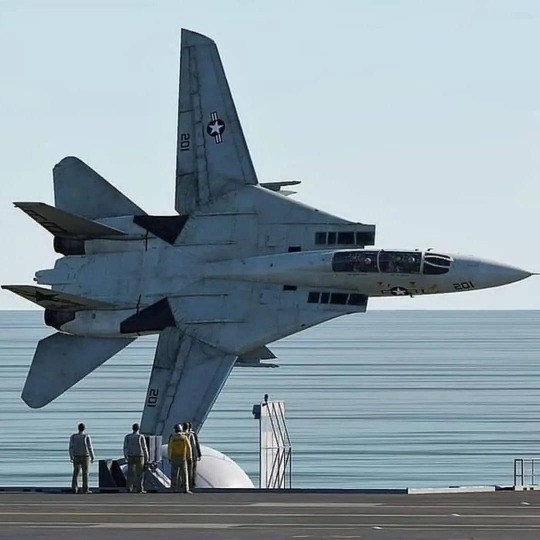





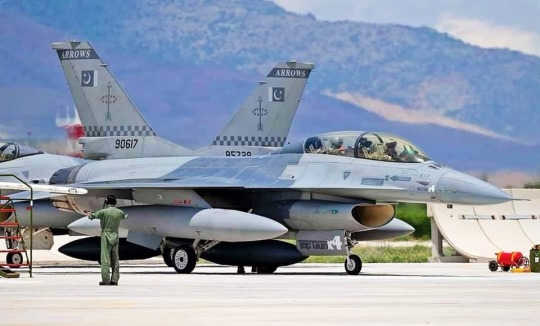
#military#aviacion#aviación#aircraft#aircraft carrier#airplane#planes#airport#flying#military aircraft#usaf#aviation history#fighter jet#helicopter#aviation photography#jet#jet fighters#aviation#military planes#tumblr milestone
235 notes
·
View notes
Text
F-22 Raptor Full Stop Back Stall Maneuver with Flares at Cleveland Ohio National Airshow 2023 🤔
#pay attention#educate yourselves#educate yourself#knowledge is power#reeducate yourself#reeducate yourselves#think about it#think for yourselves#think for yourself#do your homework#do some research#do your own research#ask yourself questions#question everything#f 22 raptor#military planes#military
109 notes
·
View notes
Photo
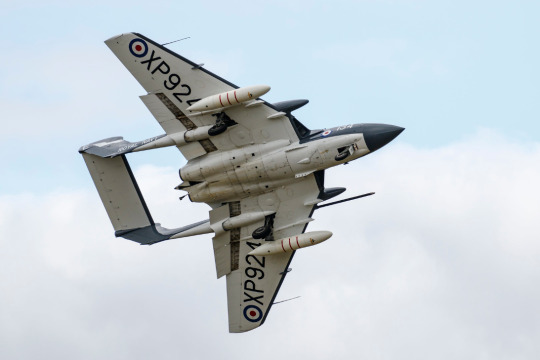
Sea Vixen letting it all hang out for a dirty photo pass
#Royal Navy#de Havilland#DH.110#Sea Vixen#Fleet defense aircraft#Jet fighter#Cold war era#Aviation#Airplane#Military planes
272 notes
·
View notes
Text
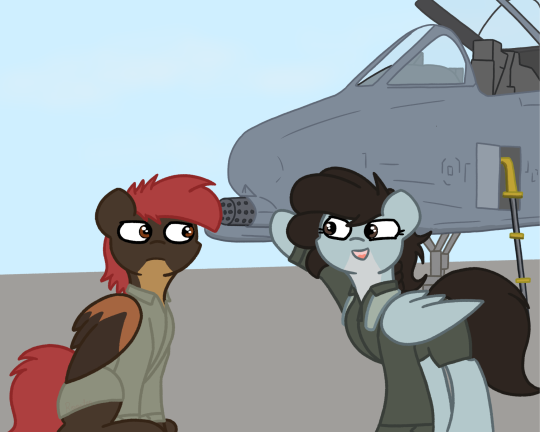
Rooster: That's no F-18.
----------------------------------------
Featuring @ask-jetstream owned by @temper-temper
Prepare yourself for the art spam!
#Rooster#JetStream#Art#Random Art#MLP#My Little Pony#MLP Art#My Little Pony Art#Pegasus#Pegasi#Planes#Military Planes#A-10#Brrrrrrrrrr
29 notes
·
View notes
Text
No drawings today, just planes from a ANZAC Airshow I went to today:))






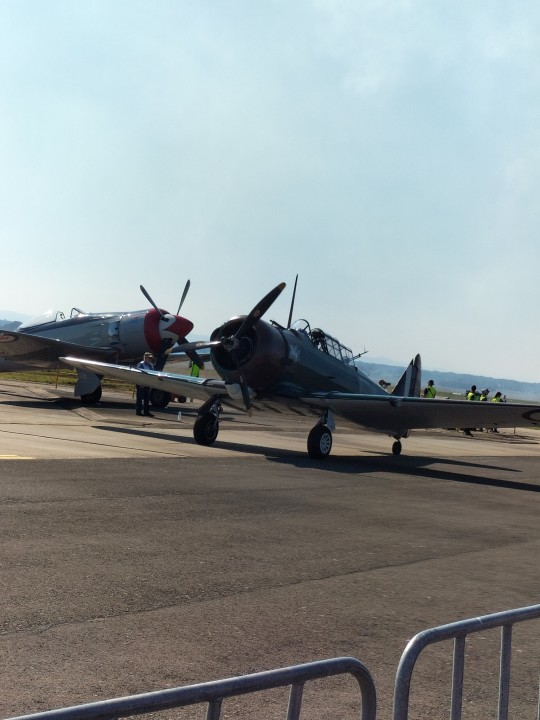
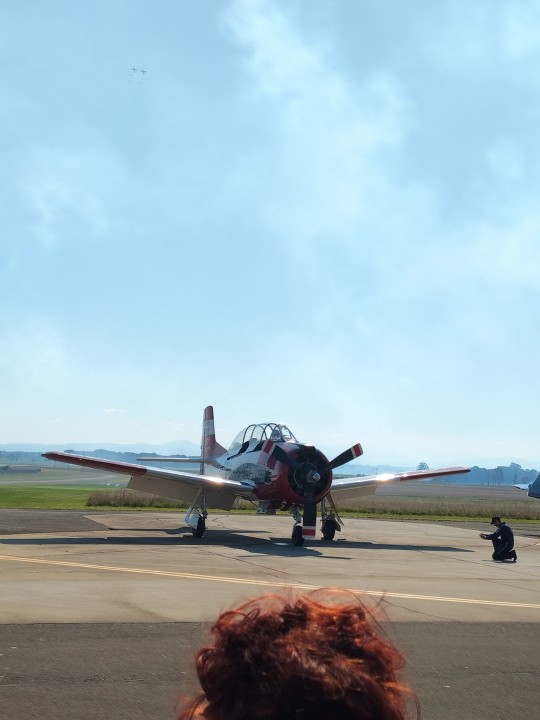
#i love the airforce#honestly thinking about joining the Airforce Cadets#airshow#planes#tiger moth formation#roulette plane#military planes#picture#my pics#photography#aircraft#military#aviation#aircraft pics
11 notes
·
View notes
Text
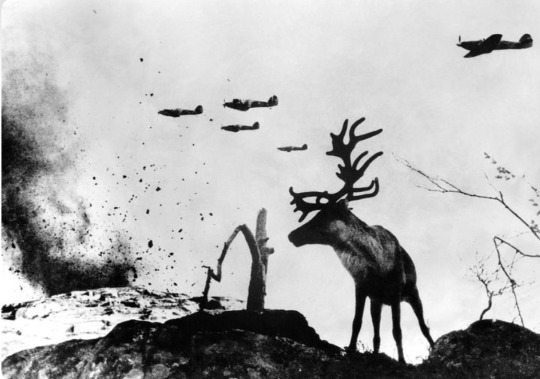
Reindeer, Murmansk, Russia 1941 by Yevgeny Khaldei, Ukrainian (1917-1997)
#photography#animal photography#animal#animals#black and white photography#military planes#reindeer#deer
9 notes
·
View notes
Text
NOVEMBER 21ST MONDAY
Douglas A-4E Skyhawk
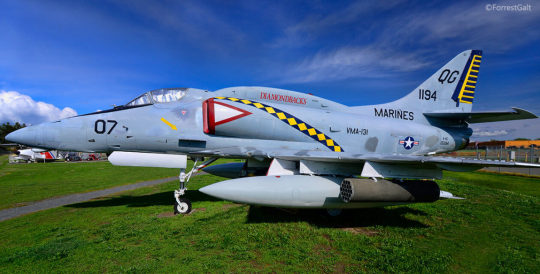
The Douglas A-4 Skyhawk is a single seated subsonic Carrier-capable attack aircraft, developed for the United States Navy and Marine Corps.
It had a wingspan of about
27 ft, 6 in (8.38 m)
It was also
40ft 4in (12.29 m) in length and 15 ft, 10 in (4.57 m) in height.
This badboy is a pretty lightweight aircraft with a maximum takeoff weight of 24,500 pounds [11,100 KG for you non Americans] and has a top speed of more than, 670 miles per hour. [1,080 Km/h] This aircraft carries a variety of missles bombs and other munitions. It was capable of carrying a bomb load equivalent to that of a World War II-era Boeing B-17 bomber, and could deliver nuclear weapons using a low altitude bombing system and a “loft” delivery technique.
Skyhawks played key roles in the Vietnam War, the Yom Kippur War, and the Falklands War. Sixty years after the aircraft’s first flight, some of the nearly 3,000 produced remain in service with several air arms around the world, including from the Brazilian Navy’s aircraft carrier, São Paulo.

[Please note that criticism is welcome! I'm just trying my best. On another note, the image depicted above is the A-4 and not the A-4E. Despite the slight name diffrence you will see the visual differences on the planes!]
All information was compiled thanks to the help of the pacific coast Air museum. None of this information is of my own and a good portion has been copied and pasted from their website. All credits go to them
#Douglas A-4 Skyhawk#Plane of the day#November 21st Monday 2022#Planes#aeronautics#military planes#criticism welcome
2 notes
·
View notes
Text

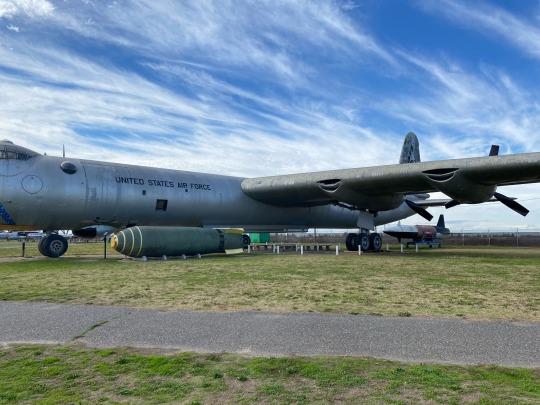
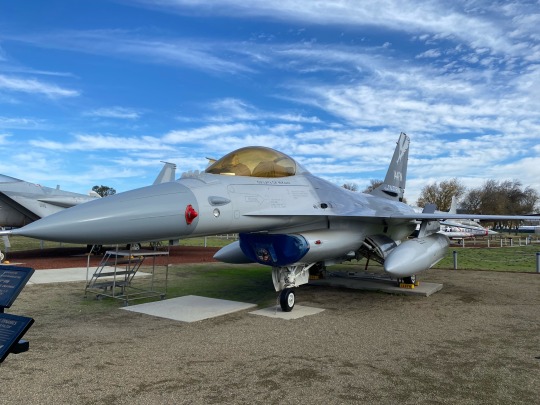
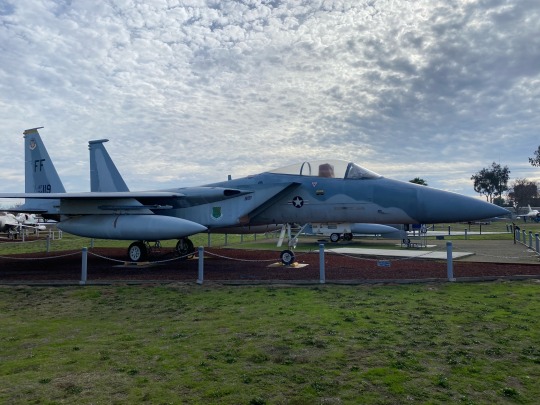
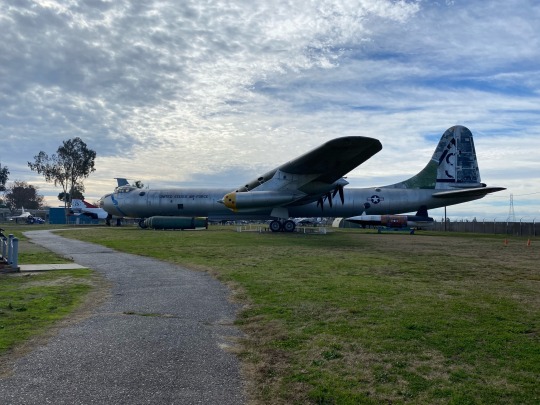



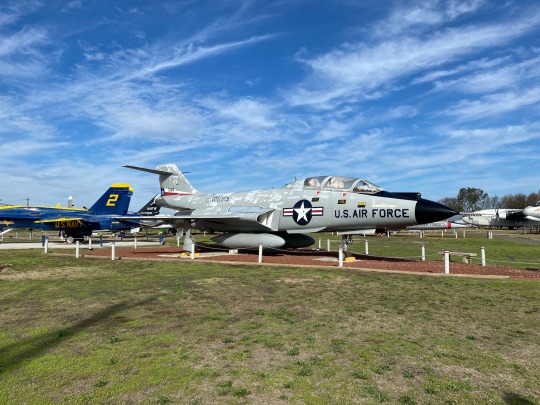

#airplanes#military history#military planes#planes#f 14 tomcat#f 15 eagle#f 16 fighting falcon#b 36 peacemaker#b 17 flying fortress#canberra
0 notes
Text

#whidbey#Washington#pacific northwest#no trespassing#airplane#military planes#king purson#let’s go!#digital art#adventure
1 note
·
View note
Text
"Sunset Flight"
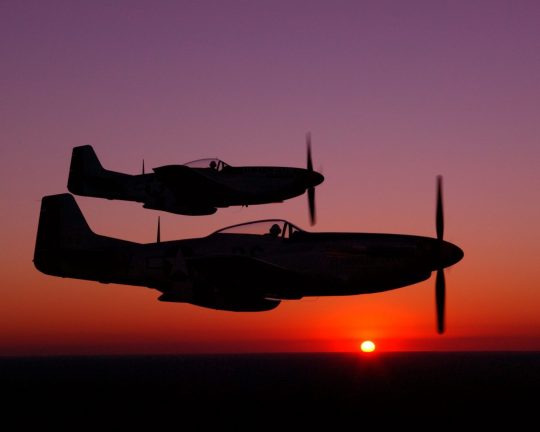
#military#aircraft#air force#aviation#us air force#usaf#propeller#propeller plane#gün batımı#sunset#scenery
722 notes
·
View notes
Text

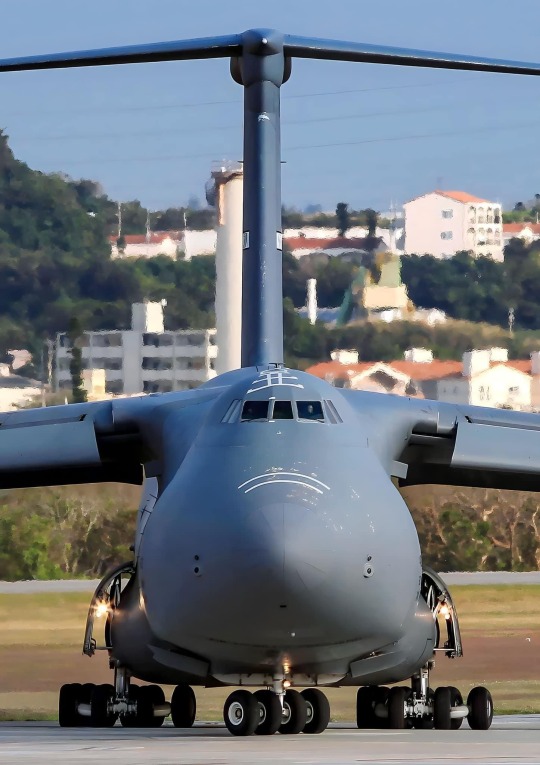







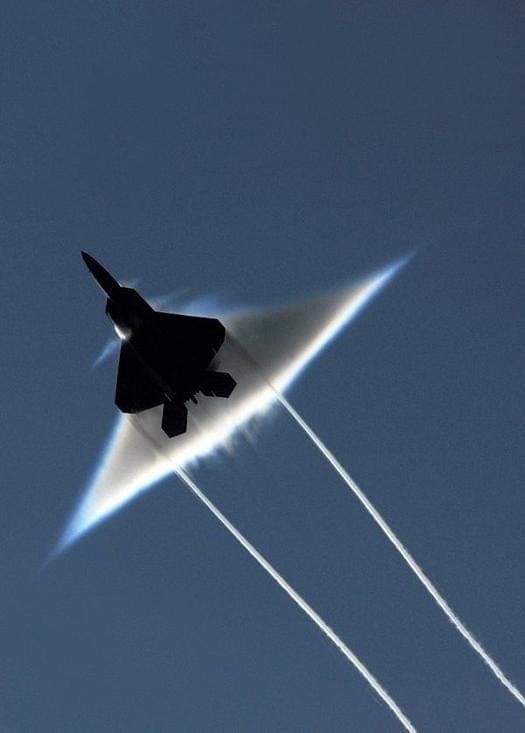
174 notes
·
View notes
Text
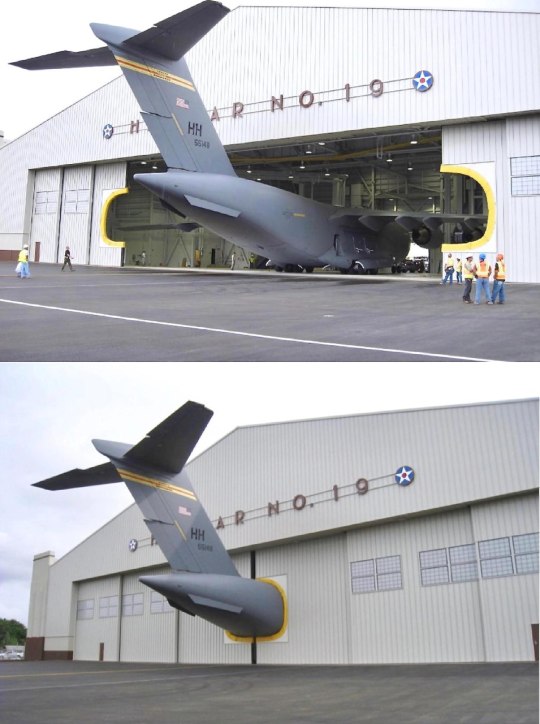
The doors of a hangar at Hickam Air Force Base were designed to perfectly accommodate the C - 17 Globemaster III. 🤔
#pay attention#educate yourself#educate yourselves#knowledge is power#reeducate yourself#reeducate yourselves#think for yourself#think for yourselves#think about it#do your homework#do your own research#do some research#do your research#military planes#globemaster iii
12 notes
·
View notes
Photo

F4U and A-4 together at the Northern Illinois Airshow
#Heritage flight#Airshow#Vaught#F4U#Corsair#Fighter aircraft#Douglas#A-4#Skyhawk#Attack aircraft#Military planes#Aviation photos
129 notes
·
View notes
Text
Tailspin Tapestries: The Colorful Faces of WWII Aircraft 🃏
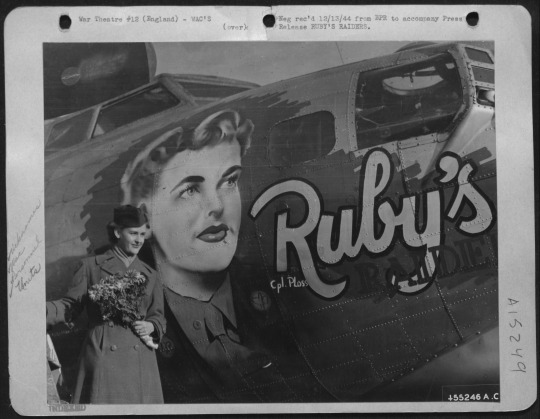


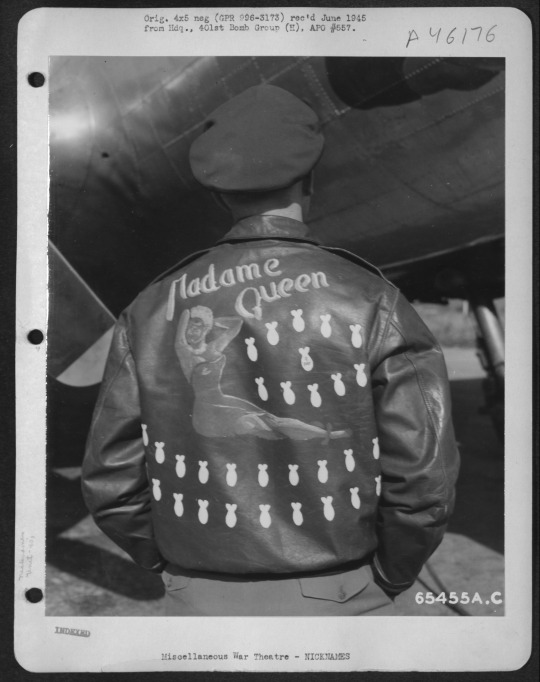
Nose art, the decorative painting or design on the fuselage of military aircraft, has a storied history that peaked during World War II. This vibrant, often cheeky artwork served as a morale booster for the crew, adding a personal touch to the grimness of war and providing a sentimental tie to the home they were fighting to protect. The practice traces its origins to Italian and German pilots in World War I, but it was during World War II that American airmen embraced this form of expression with unparalleled creativity.


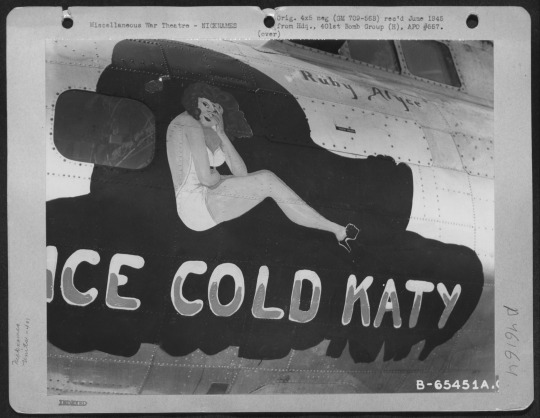

World War II represented the golden age of nose art, with American crews stationed in Europe and the Pacific leading in creativity. Artworks ranged from ferocious animals and cartoon characters to pin-up girls and patriotic symbols, each with a unique name that reflected the aircraft's character, the crew's aspirations, or an inside joke among the squadron. Names like "Memphis Belle," "Enola Gay," and "Sack Time" became as legendary as the aircraft themselves, symbolizing the spirit of the crew and their mission.




Nose art was crucial to boosting morale among crew members, providing a sense of individuality and ownership over their aircraft in an otherwise regimented and dehumanizing environment. This artwork fostered an emotional attachment to their planes, with each piece a vivid manifestation of the crew's bond. It represented a piece of home and personality in foreign skies, a reminder of what they fought for and the camaraderie that sustained them.


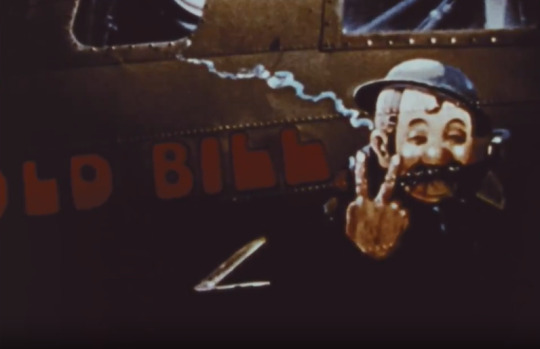
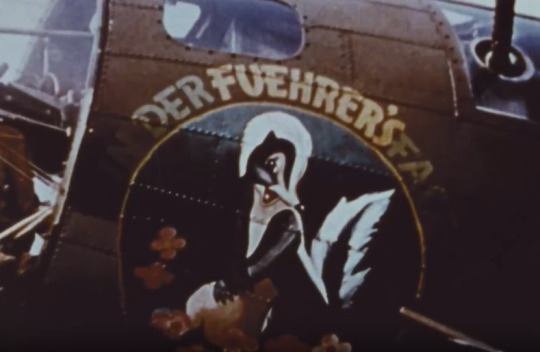

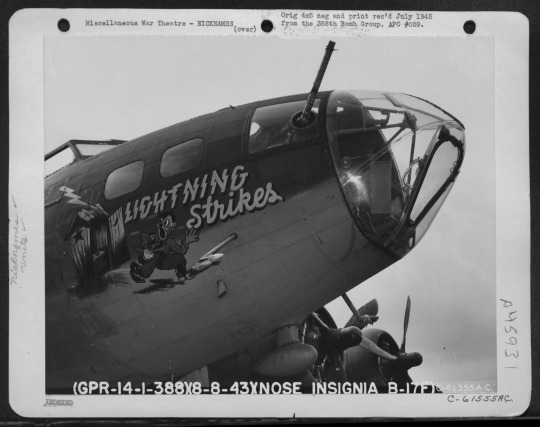

The subject matter of nose art varied widely, reflecting diverse personalities within the crews. Cartoons and comic characters like Donald Duck and Bugs Bunny were favorites for their humor and relatability. Artwork also featured fierce sharks, tigers, and eagles, symbolizing the aircraft and crew's power and aggression.
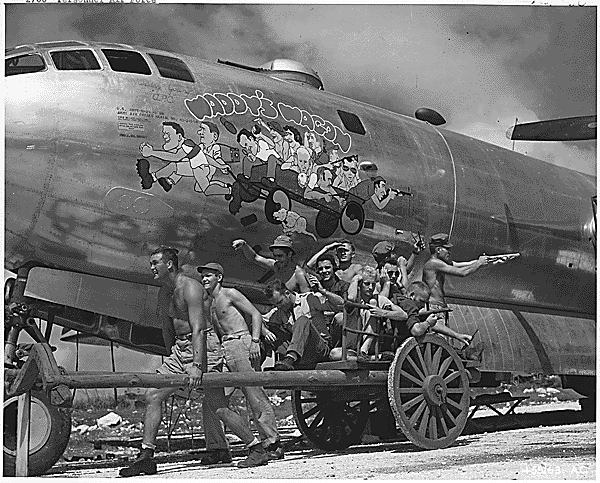

Many nose art pieces were painted by the crew members themselves, though some squads had designated artists. Individuals like Don Allen, who painted nearly 100 pieces of nose art, were celebrated for their contributions. Using whatever materials were at hand, these artists created masterpieces under challenging conditions, showcasing remarkable ingenuity and talent.

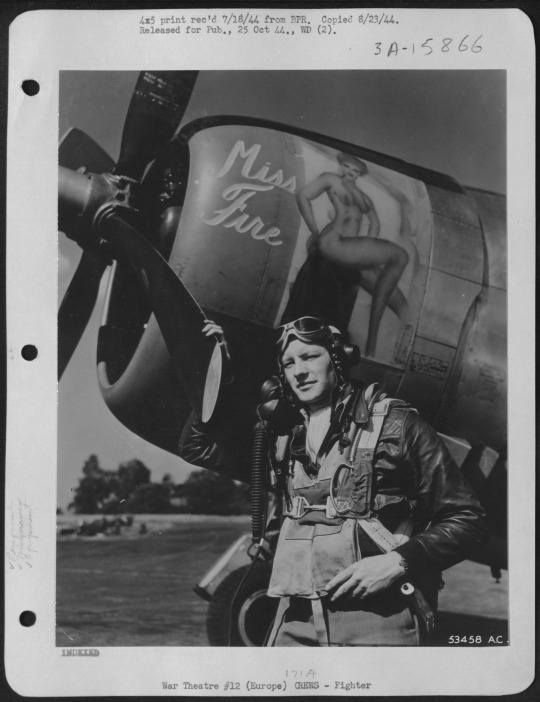
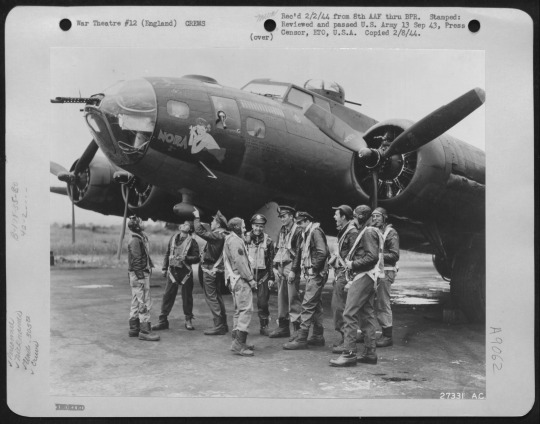
The practice of nose art declined after World War II, largely due to stricter military regulations and the evolving nature of warfare. However, its legacy endures, captivating historians, veterans, and enthusiasts. World War II nose art remains a powerful reminder of the human element amidst war's machinery, a colorful testament to the resilience, creativity, and spirit of those who served.
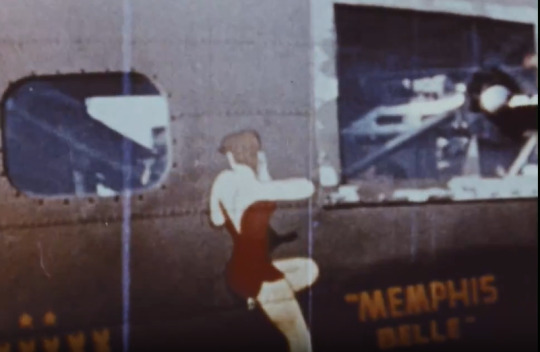




The National Archives holds a treasure trove of photographs featuring this iconic nose art, often discovered in ordinary crew photos where the art itself isn't the primary focus of the image. This creates a fascinating treasure hunt for enthusiasts and researchers alike, offering glimpses into the past where this artwork accompanies stories of bravery, camaraderie, and the personal touches that made these aircraft more than just machines of war.
More resources on the National Archives website and Catalog:
https://nara.getarchive.net/topics/nose+art
https://www.archives.gov/research/military/ww2/photos
493 notes
·
View notes
Text
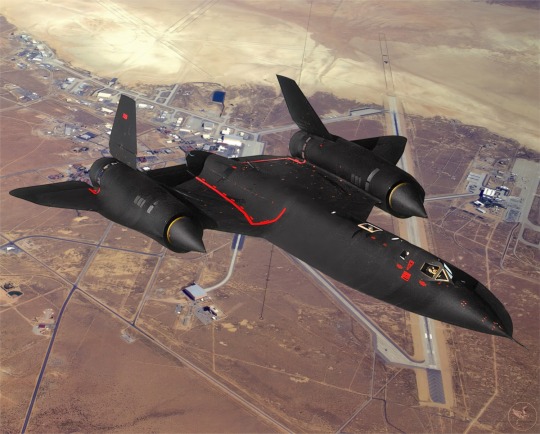
A Lockheed SR-71 Blackbird over Edward Air Force Base
➤➤ EDWARDS AFB VIDEO: https://youtu.be/fGSqQxhYYkA
#youtube#aircraft#airplane#aviation#dronescapes#military#documentary#aviation history#sr 71 blackbird#sr71#skunk works#kelly johnson#edwards air force base#edwards afb#spy plane
427 notes
·
View notes
